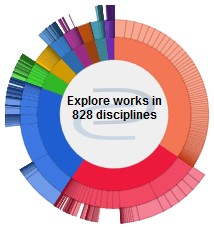Graduate Program
Political Science
Degree Name
Master of Arts (MA)
Semester of Degree Completion
2011
Thesis Director
Andrew McNitt
Thesis Committee Member
Ryan Hendrickson
Thesis Committee Member
Kevin Anderson
Thesis Committee Member
Melinda Mueller
Abstract
Can the electorate's beliefs on issues be used as a predictor of vote? More importantly, do voter's perceptions of a candidate's position overshadow the party identification model? Arthur H. Miller and Thomas F. Klobucar (2003) studied this subject by analyzing the 2000 American Presidential Election. The aim of this paper is advance their study, by creating a more robust test of their model. The 2008 election is analyzed using data from the American Nation Election Time Series Survey. This election was chosen because it identifies the economy, as the most important issue (CNN exit poll). If issues could have more predictive power than party identification, the 2008 election would show it. Likert scale responses were transformed into proximity scales to create new variables exemplifying how close the electorate felt to Barack Obama and John McCain on a range of issues. A binary logistic regression with actual vote serving as the dependent variable was used to identify which issues were had the most impact. The findings show that, while party identification has the highest influence on the vote, issues measured also had an impact. Defense spending remained significant throughout the test suggesting that electorate voted for the candidate that mirrored their beliefs on that issue. This research shows that the electorate is sophisticated enough to decide which candidate to support, without only reverting to partisan identification.
Recommended Citation
Cross, Justin T., "Issues in the 2008 presidential election: Perceptions of the candidates and their links to vote" (2011). Masters Theses. 564.
https://thekeep.eiu.edu/theses/564




